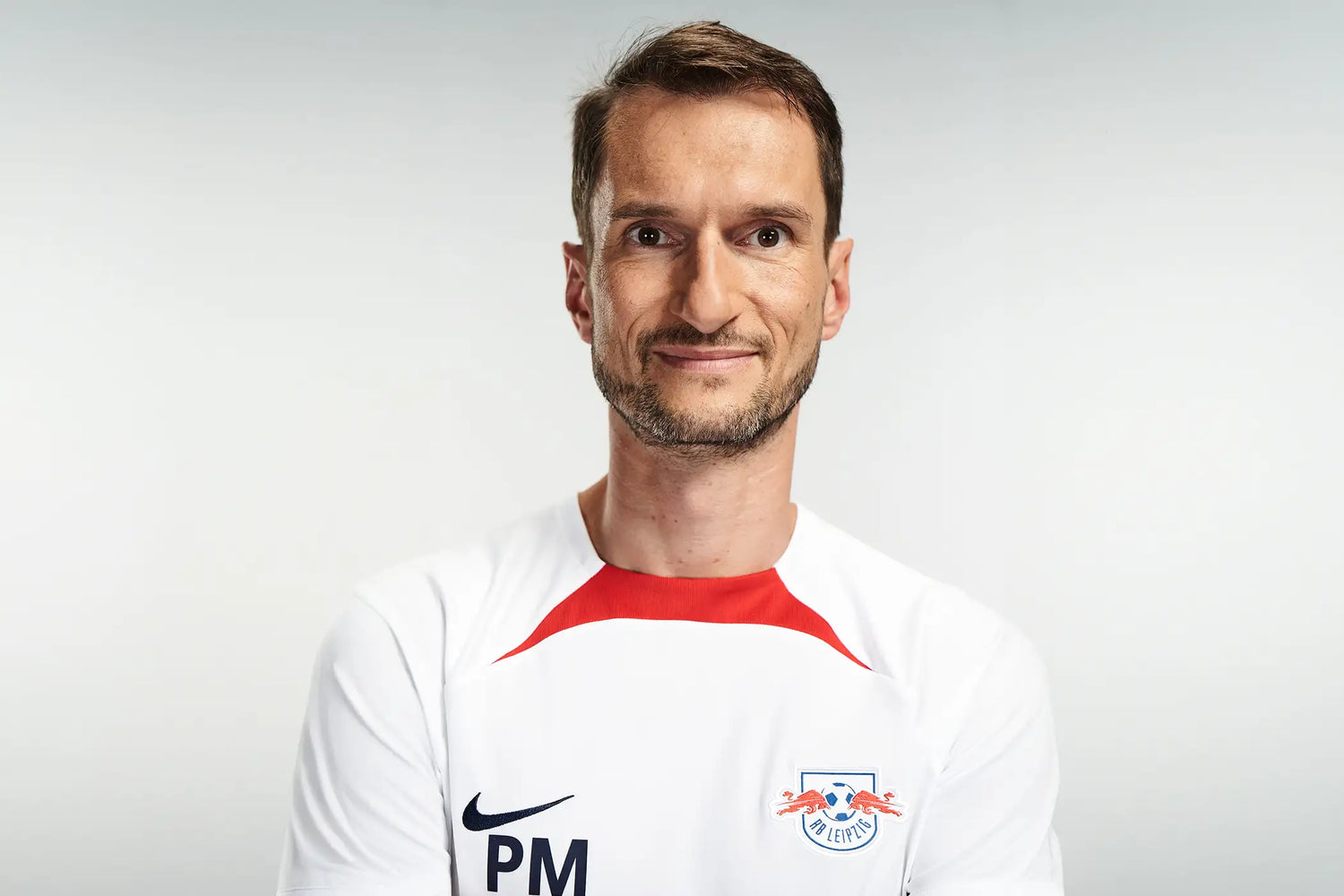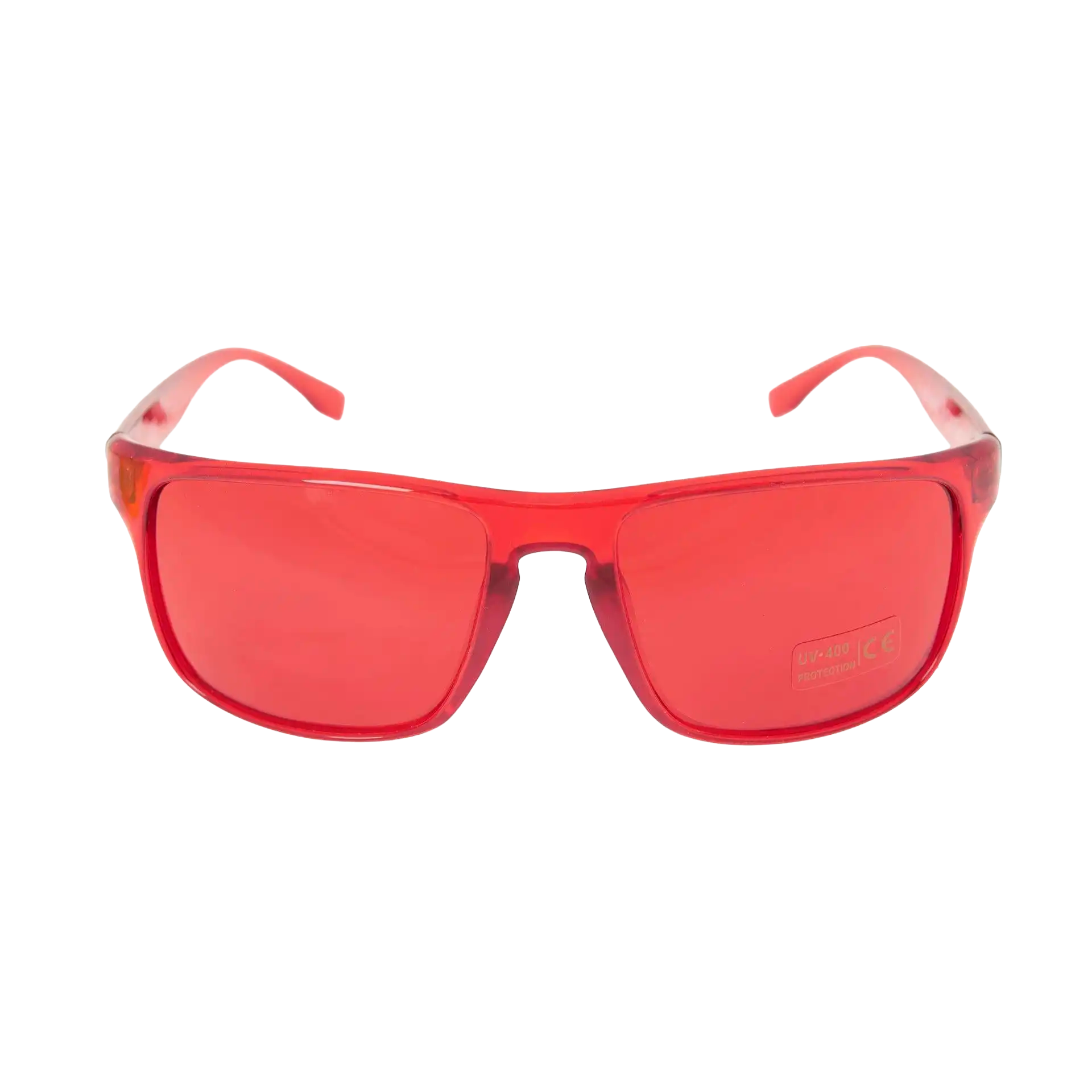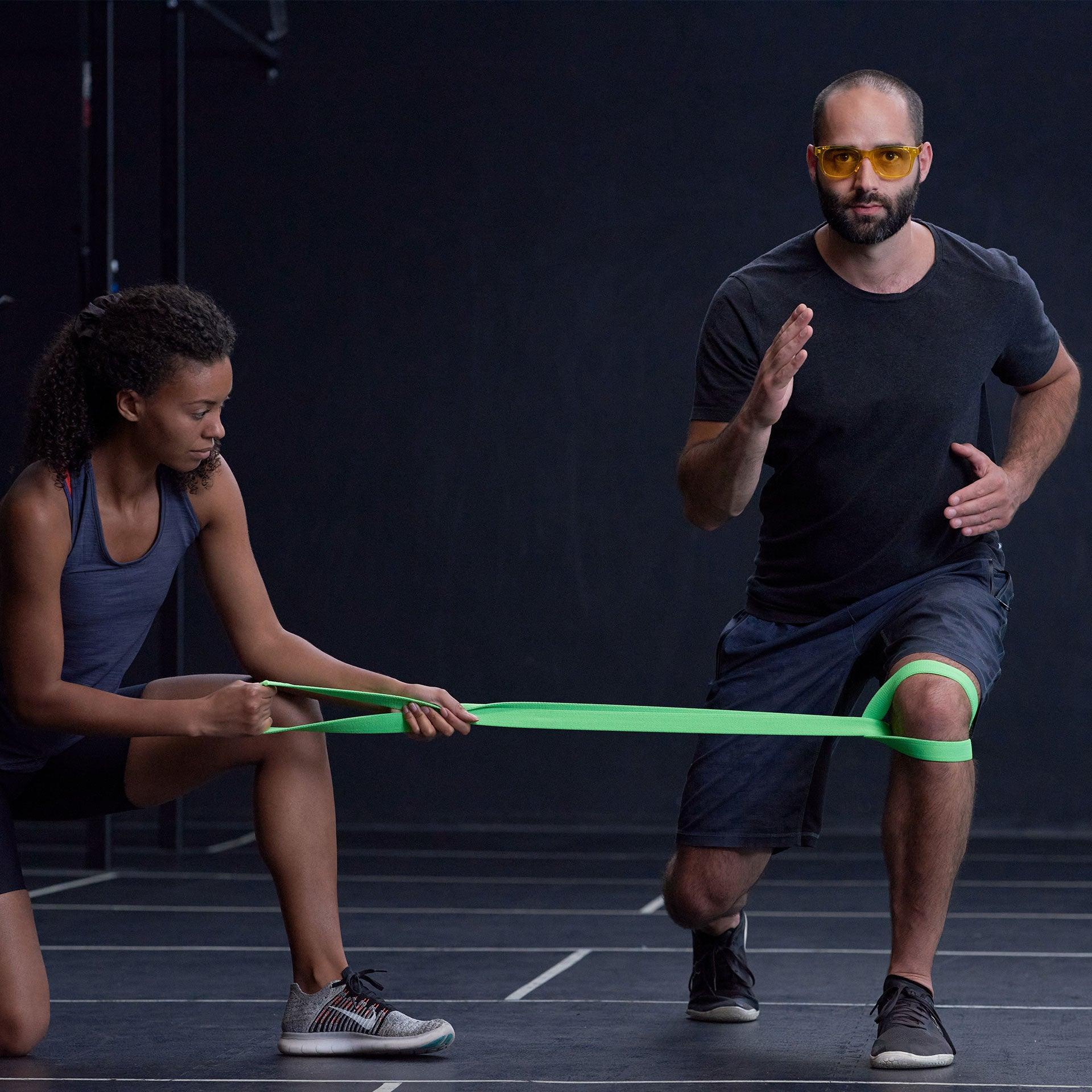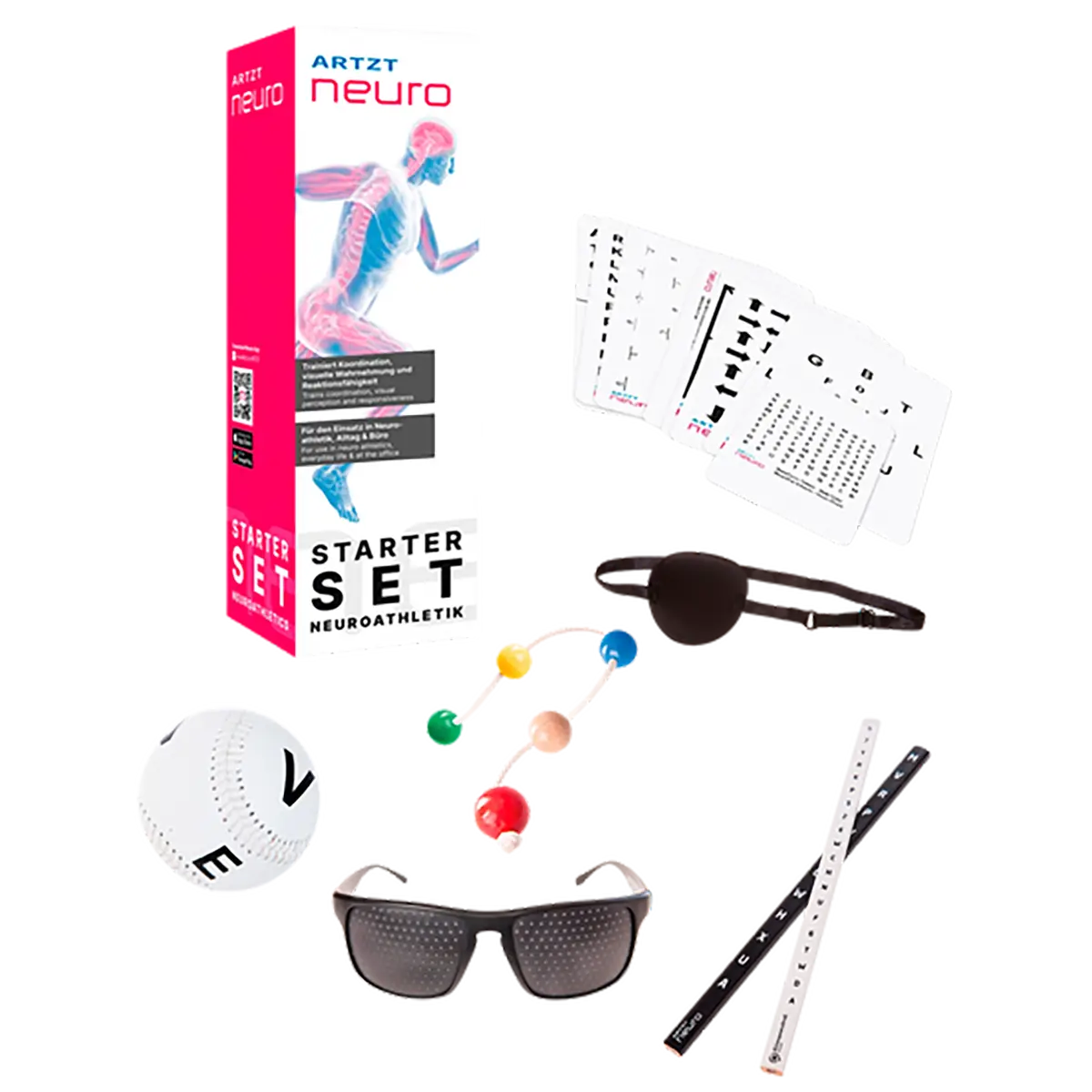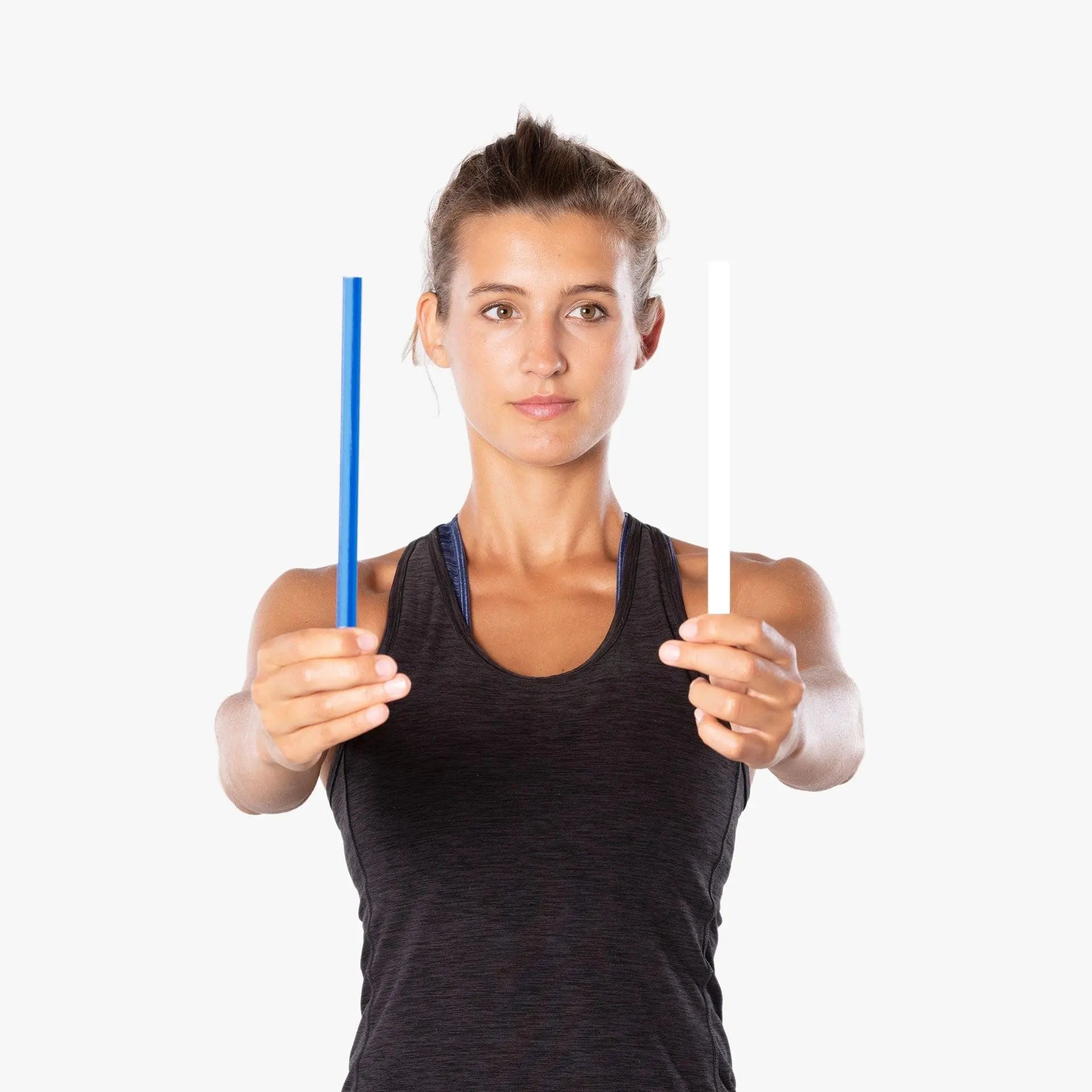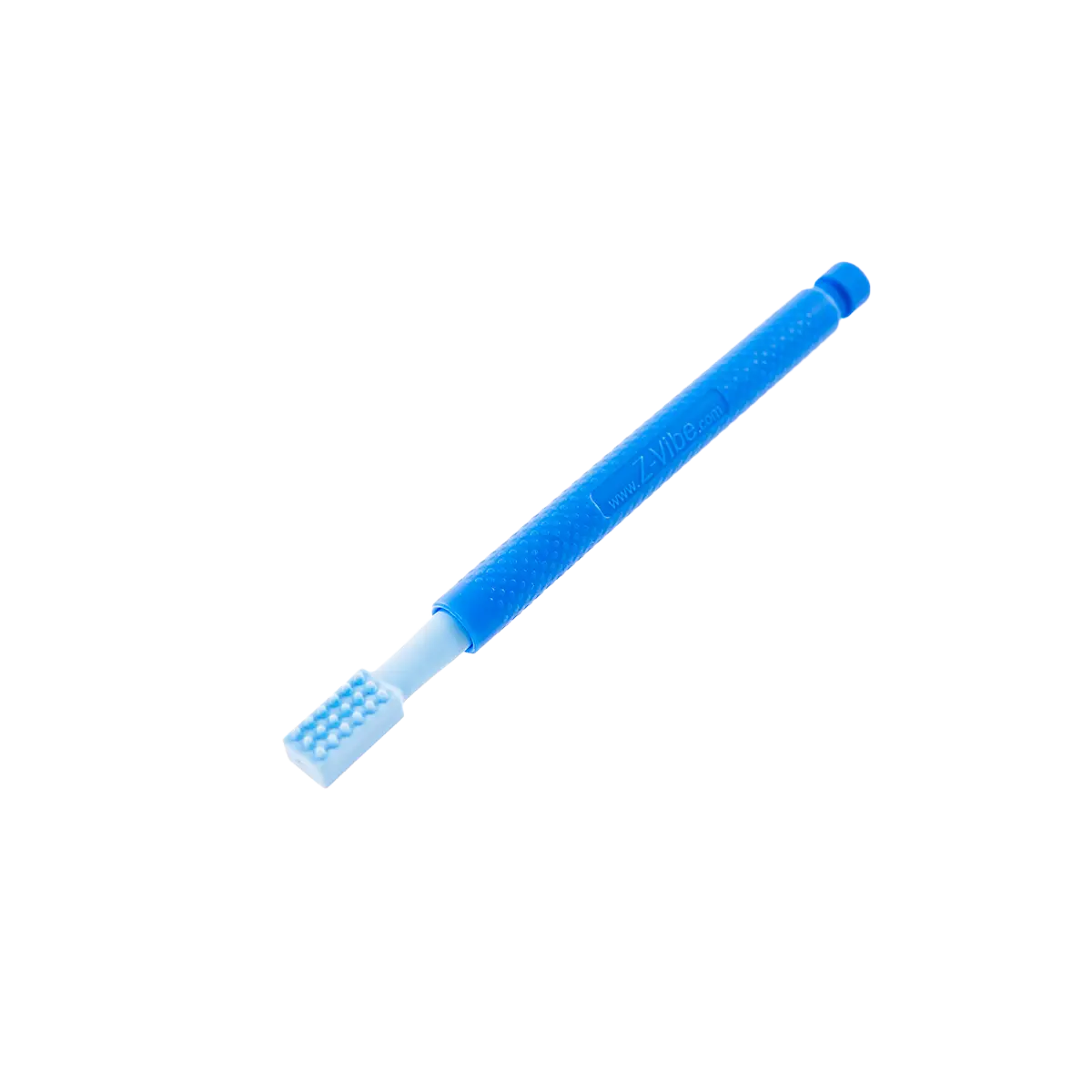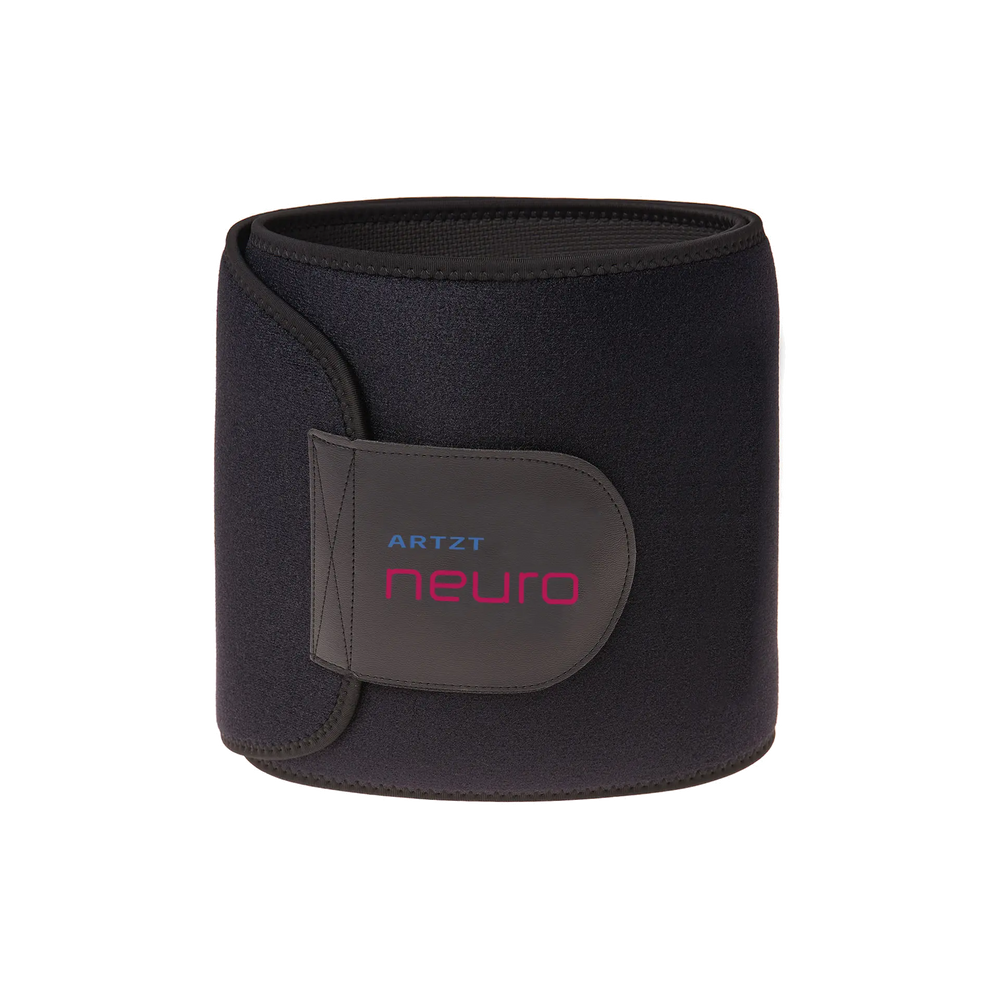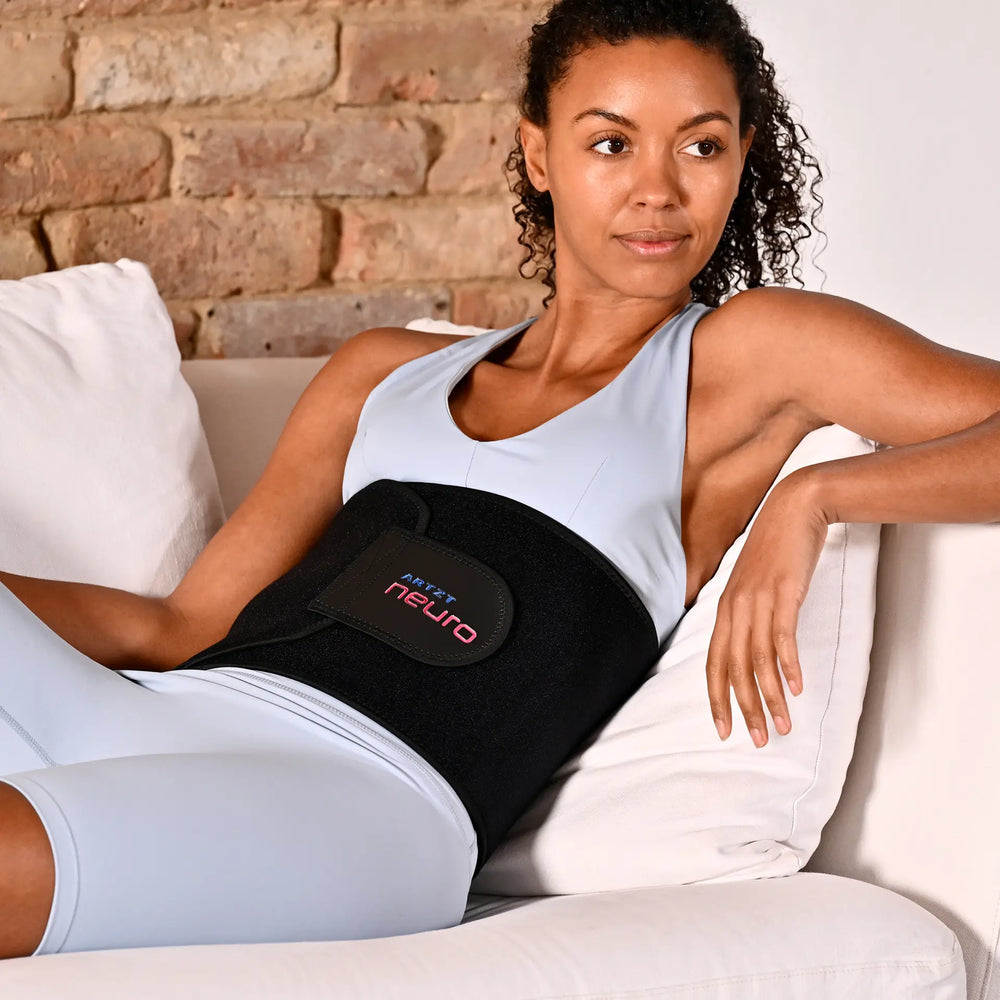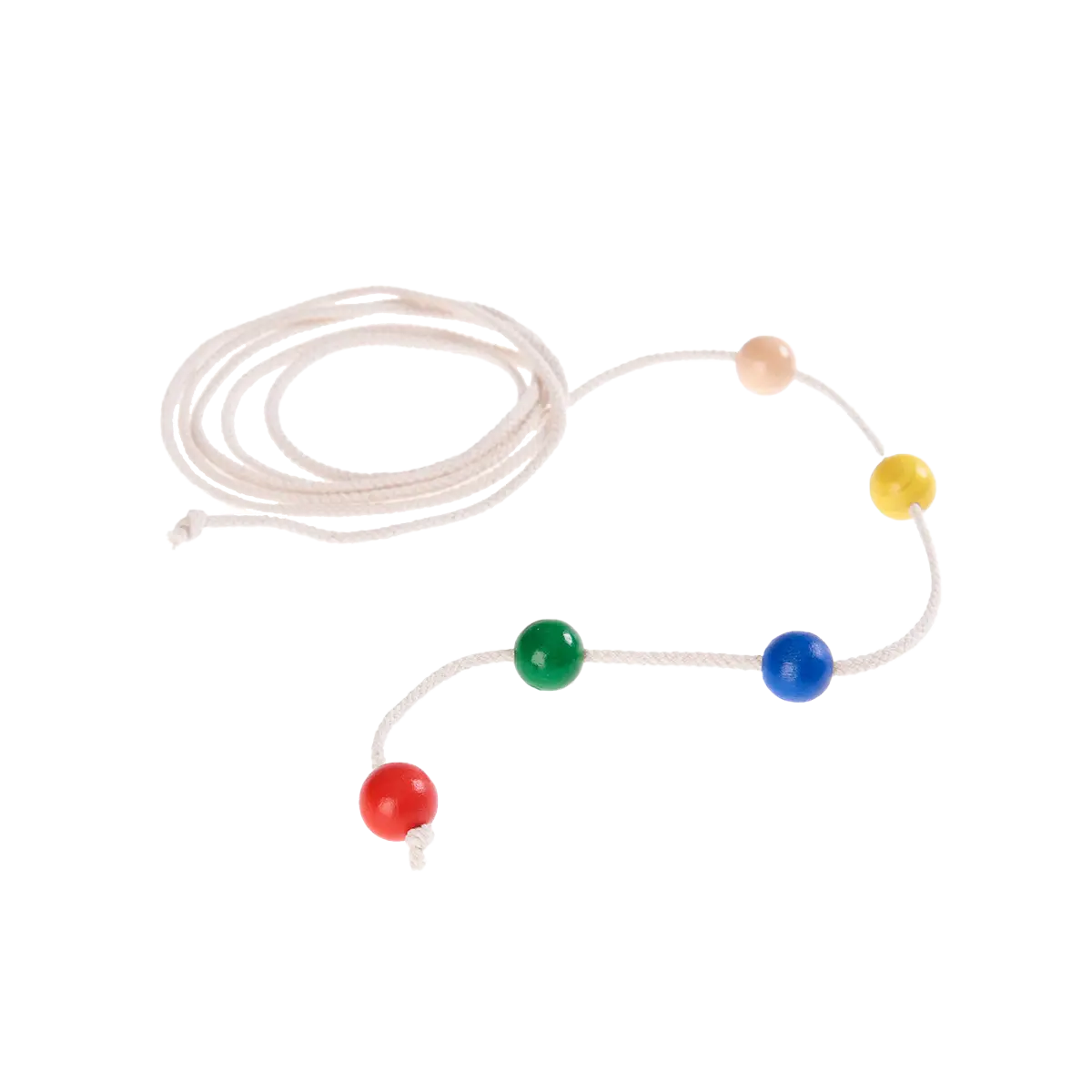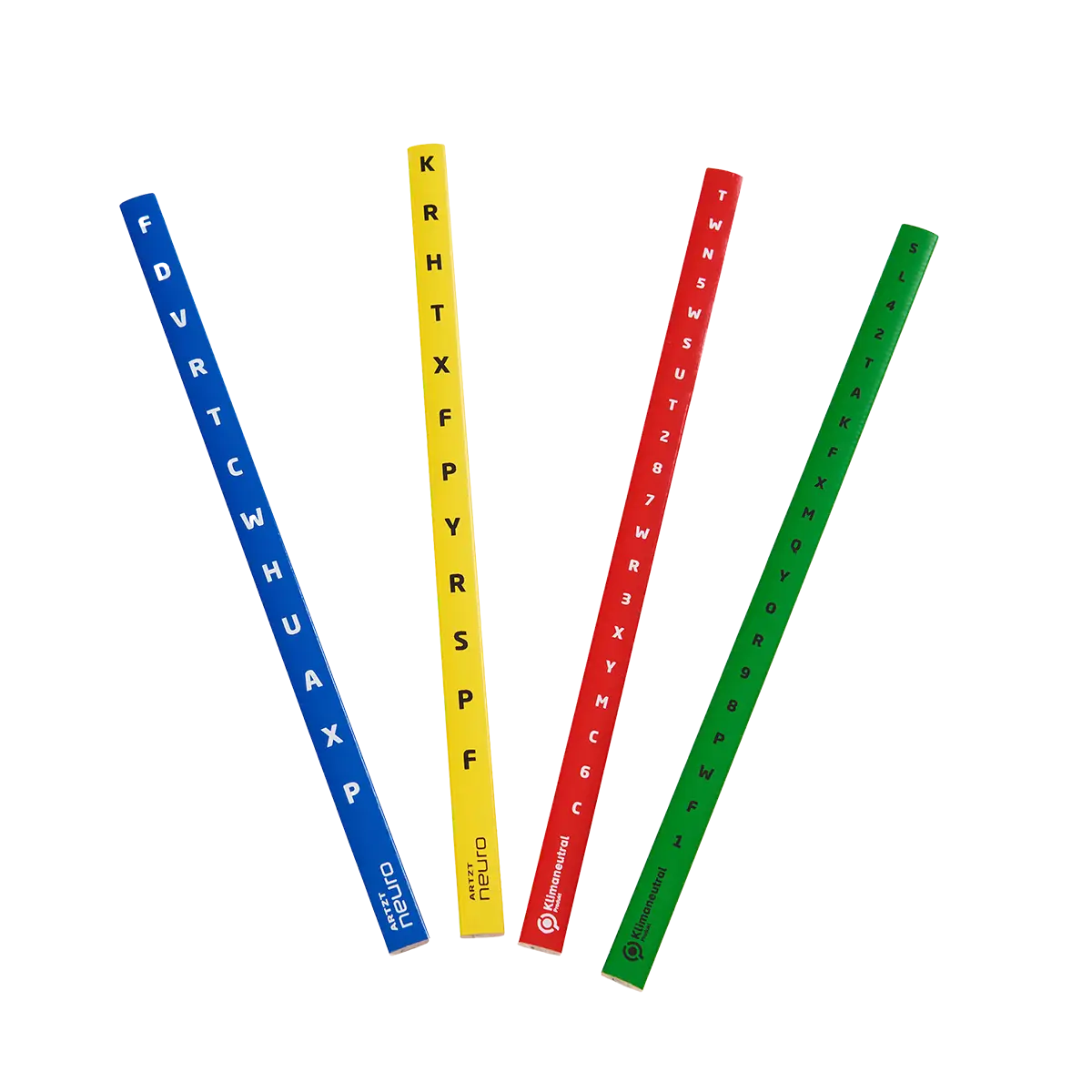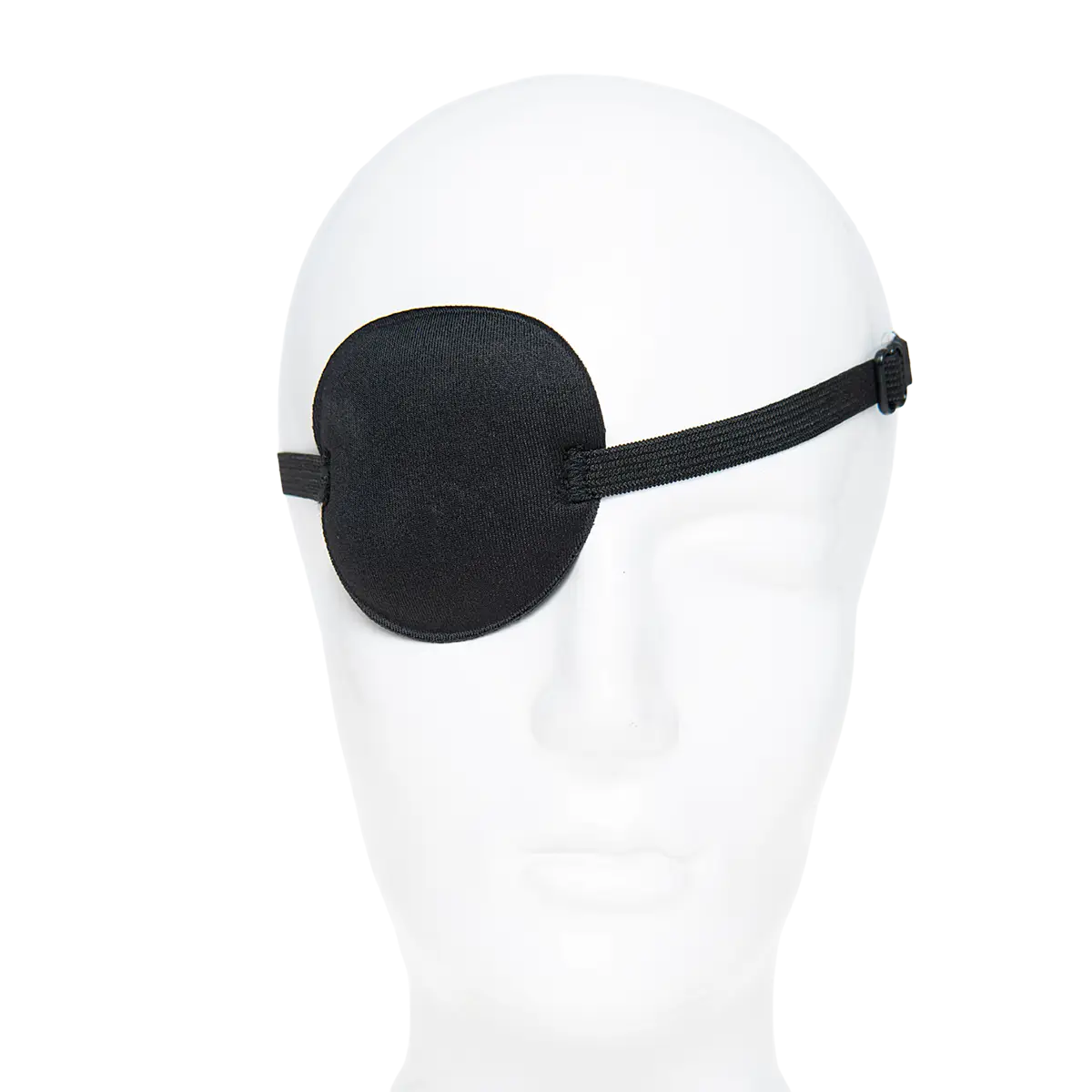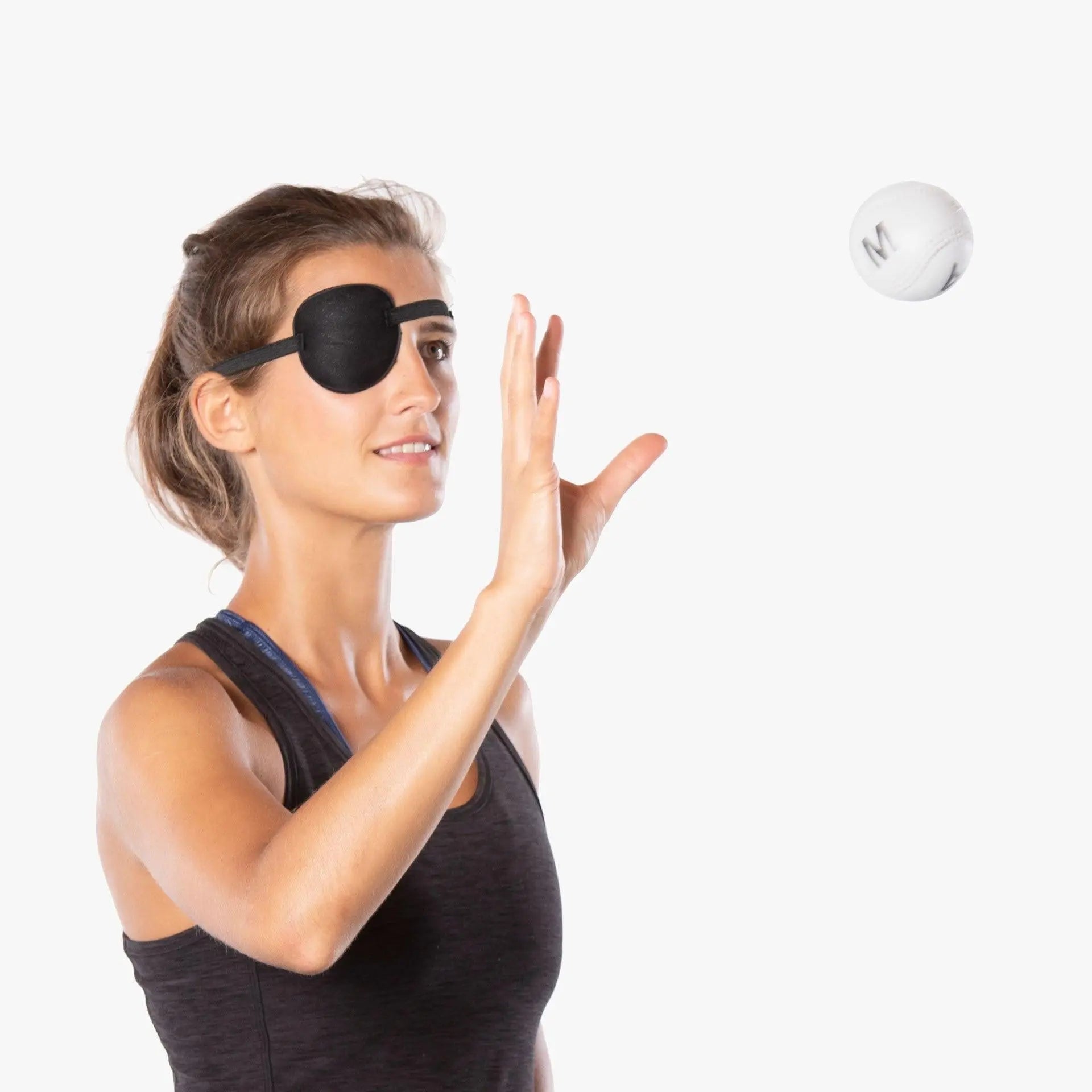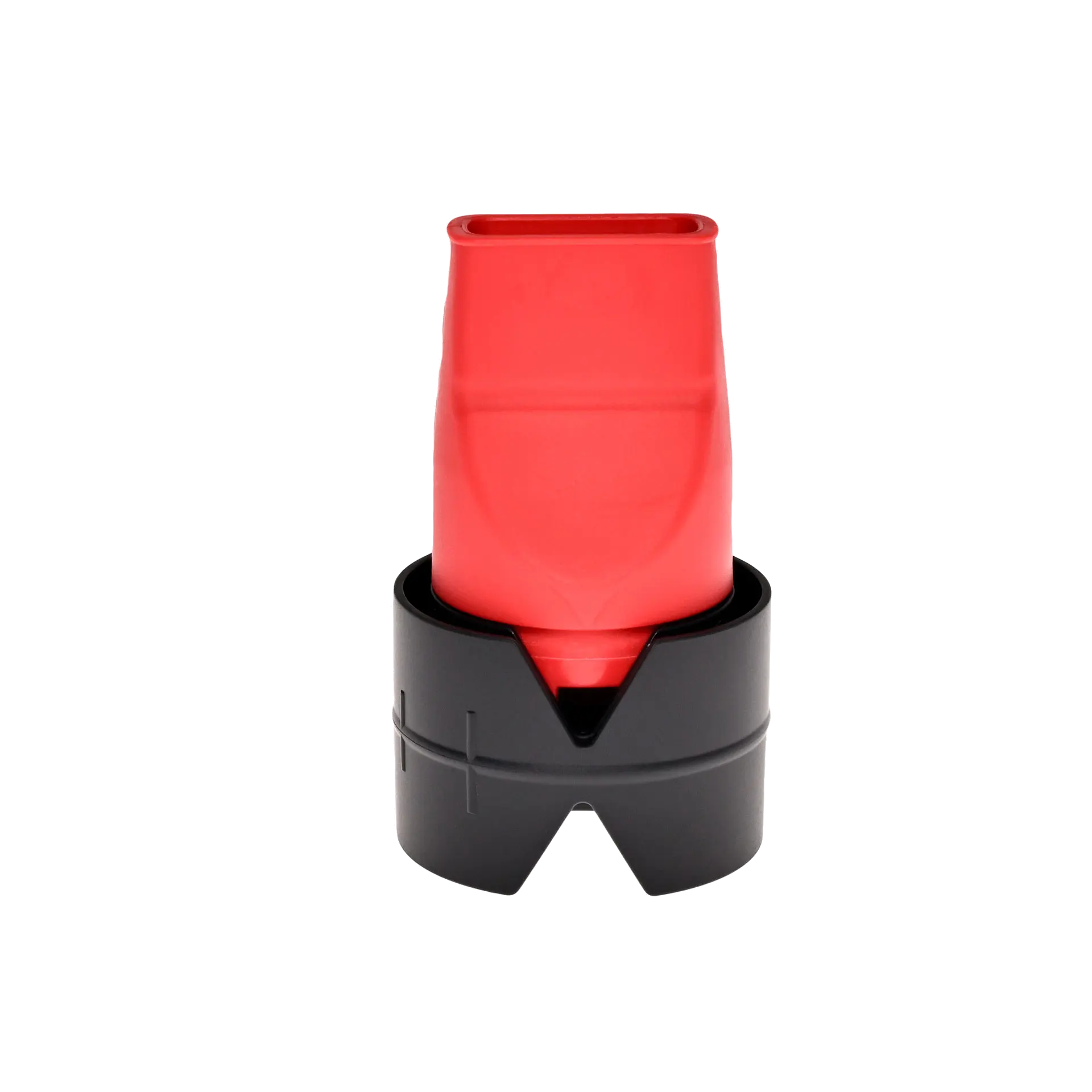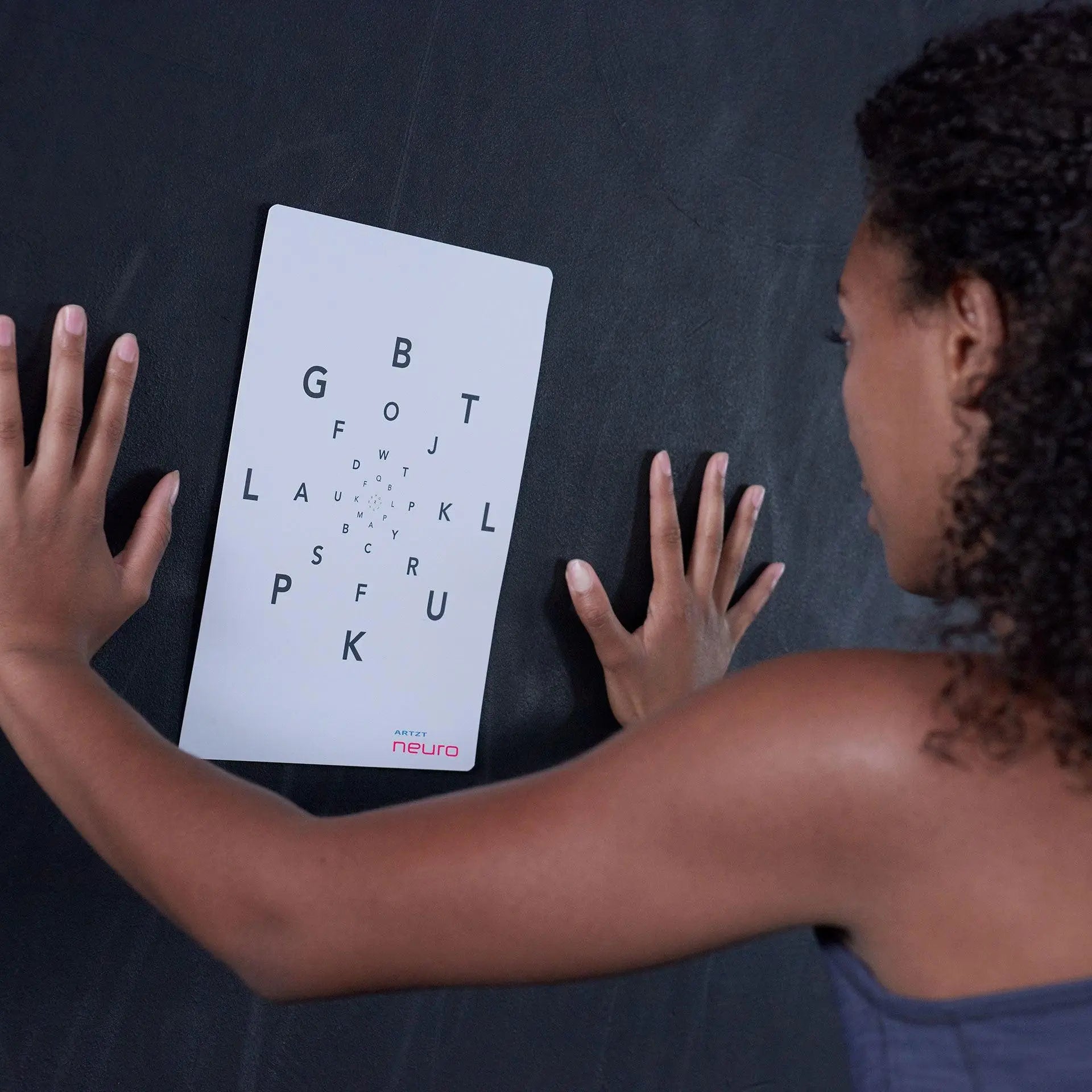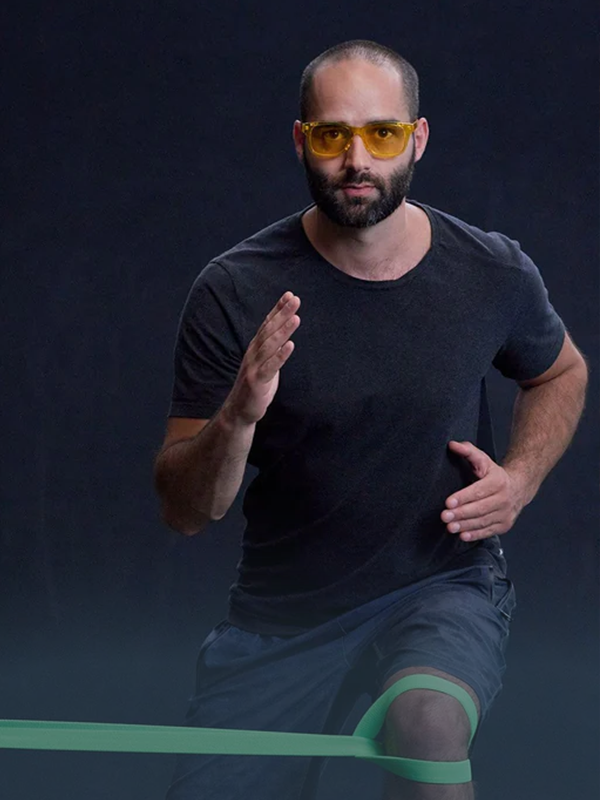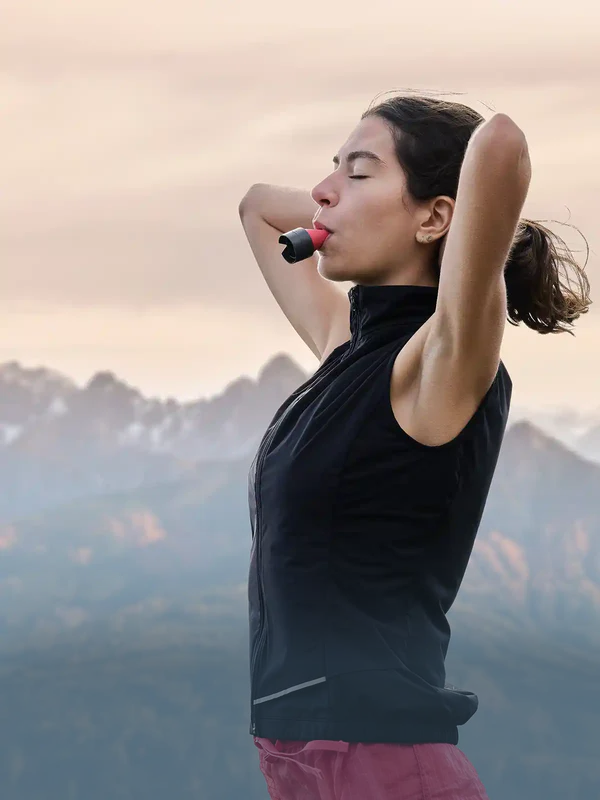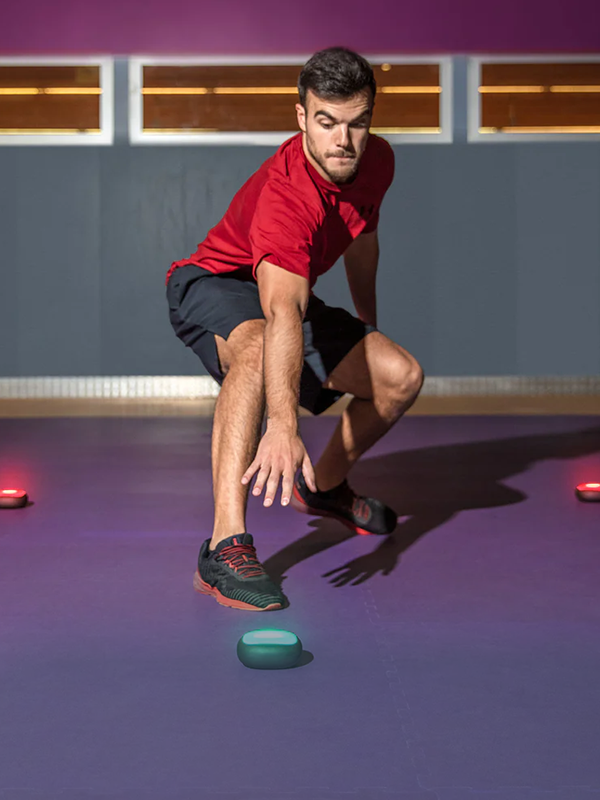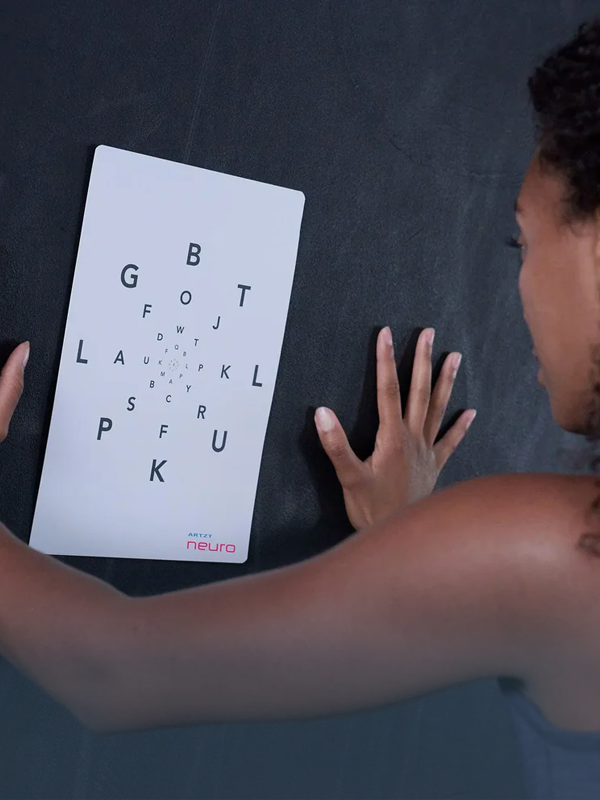As a doctor with a focus on human medicine, Dr. Marshall a holistic medical approach that focuses on salutogenesis. This concept examines and analyzes all factors that contribute to the development and maintenance of health. The influence of external stressors such as digital media also plays an important role. In the interview Dr. Marshall talks about the importance of sport and exercise as a counterpoint to constant digital stress and explains how breathing exercises can help manage stress.
Dr. Marshall, you are a specialist in physical and rehabilitative medicine, your areas of expertise are conservative orthopedics, alternative healing methods and micronutrient therapy. How do you see the value and acceptance of conservative and alternative applications in society in general and especially in medicine?
I believe that the acceptance of preventive medicine in society has increased significantly in recent years. Above all, the experiences of the past few years in connection with the CoVid19 pandemic as well as the discrepancy between increasing life expectancy and decreasing health span have led to people being much more willing to actively work on their health. Therefore, conservative treatment approaches, which often follow a preventive or salutogenic approach, are becoming increasingly important than operative or surgical therapies, which are usually based on a pathogenetic origin. Personally, I do not see these two approaches as opponents, but rather as important complementary medical modules for the health of humanity.
You have often addressed the topic of “sport as medicine”. Nowadays, in addition to the frequently discussed environmental and work stress, the topic of digital overload is becoming more and more important. What do you think about this topic? Is sport a suitable “counterpole” here too?
We live in a society dominated by productivity. The individual is measured not only by what achievements are achieved, but also by how much is invested in the career. For me personally, it sometimes even seems that quantity has overtaken quality in importance. We are increasingly neglecting the pillars without which our health is not possible: adequate exercise, healthy nutrition and regeneration that is in line with the stress.
However, the “digital revolution” means that we are always available and switching off is hardly accepted anymore. For many people, even physical activity or regeneration is difficult to imagine without digital aids and constant accessibility. Sports such as jogging, swimming or cycling in nature, but also meditation or yoga, offer a suitable counterpoint to the constant digital stress that we are constantly exposed to. We should focus much more on careful handling. For example, I recommend leaving your cell phone and headphones at home while jogging, running without a specific training plan and simply letting your body dictate the path and feel it.
From a medical perspective, what does the intensive use of social media do, i.e. what does it do to people and their health?
The constant activity of our brain leads to pronounced stress reactions. For our system, stress in any form, whether physical or psychological, is a chemical burden that we can measure on a physical level. This leads to limited regeneration, especially sleep, and thus to limited performance in the long term. But also to the development of chronic diseases.
On average, we look at digital screens for around five hours a day - young people sometimes look at them for up to 11 hours - and we look at our phones around 80 times a day. Overall, we probably look at our cell phones more often than we do out the window. Our attention span has been reduced to a few seconds. Our brain is programmed to constantly process new impressions and has completely forgotten how to accept and process calm.
In neuroscience, there are studies that show that the constant use of information and communication technologies with the rapid and constant switching between different tasks on screens can lead to an overload of working memory. Likewise, constantly multitasking can overwhelm the prefrontal cortex, which is responsible for maintaining attention and concentration, and impair self-control. In conclusion, the constant availability of technology can keep our brains in a constant state of stimulation and alarm, which can lead to overproduction of stress hormones and impaired sleep quality. How do you assess these statements or can you confirm them based on your knowledge and experience?
Based on my own experience and the scientific data available to me, I can only confirm these hypotheses.
High, chronic stress levels – the vagus nerve also plays a significant role here, right?
Stress puts the body into a personal fight and flight mode by activating the sympathetic nervous system. An emergency program is activated in which physiologically necessary processes for maintaining health take a back seat. The vagus nerve, on the other hand, is the communication vehicle of the parasympathetic nervous system. It basically regulates stress and has a regenerative effect.
Can you break the stress cycle with breathing or, more specifically, can conscious, deep abdominal breathing positively stimulate the vagus nerve?
Targeted breathing techniques are able to activate the vagus nerve and thus have a direct effect on regeneration. For example, the Psychic Sigh (breathe in through the nose, hold it briefly and breathe in very briefly through the nose again and then breathe out through the mouth for a long time) or Slow Paced Breathing ( abdominal breathing , slowly at about six breaths per minute, longer out). - as inhalation) were found to be suitable methods. We have known these phenomena for a long time from Ayurvedic medicine and yoga. However, these physiological adaptations and reactions have now also been scientifically proven.
What measures do you recommend for chronic stress?
Digital detox, meditation, yoga, breathing exercises , exercise, ice baths, oxygen therapy (IHHT or HBOT).
In neurocentric training, colored glasses and bone conduction headphones are often used successfully to regulate stress. Can you explain the positive effects of color and bone sound from a medical perspective? What is your assessment of this?
The brain processes information in different ways. There are different senses for this, although visual and auditory stimuli can have a significant influence. Such stimuli can have both activating and calming effects. Accordingly, it would be entirely conceivable – without me calling myself an expert in this area – that these effects are also possible via the channels mentioned above.
About Dr. Marshall
Dr. med. Robert Percy Marshall is a specialist in physical and rehabilitative medicine and has a master's degree in micronutrient therapy and regulatory medicine. He has been the team doctor for the Bundesliga football club RB Leipzig since 2018.

